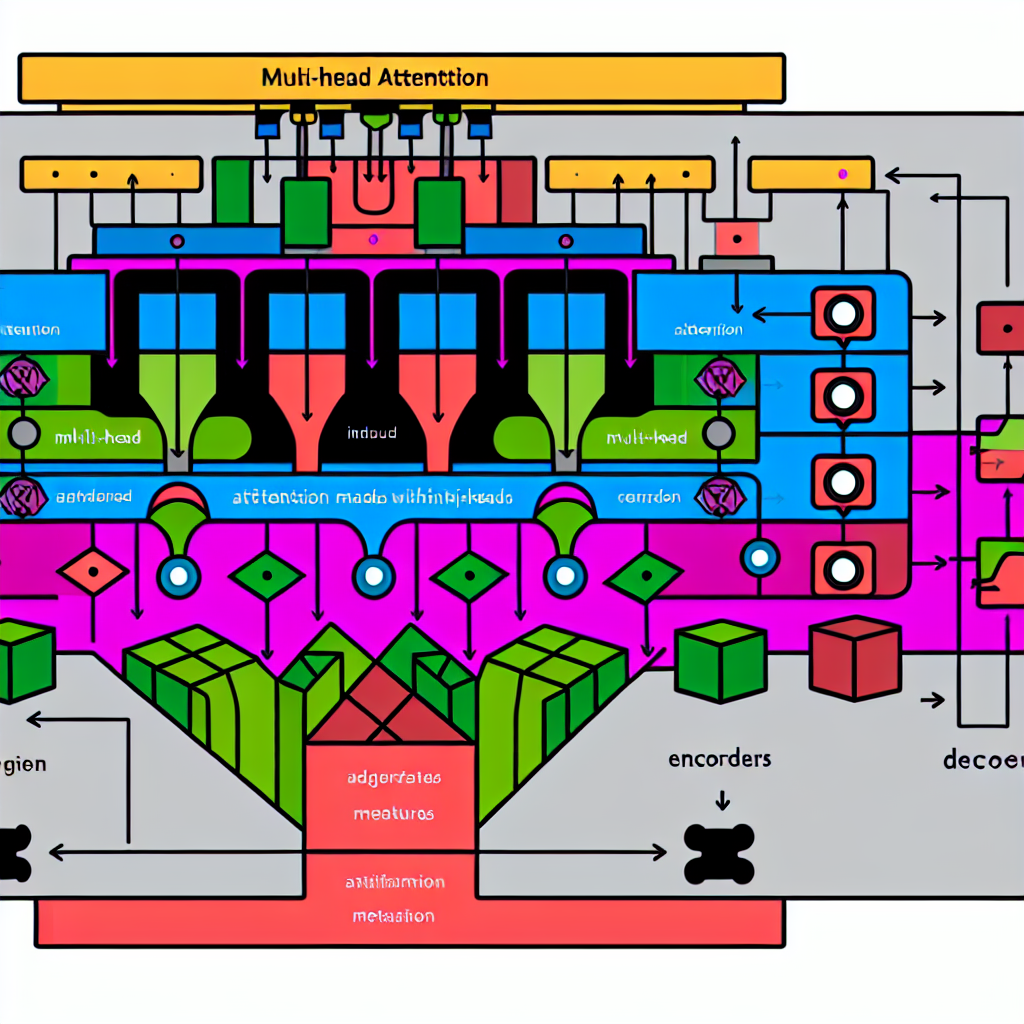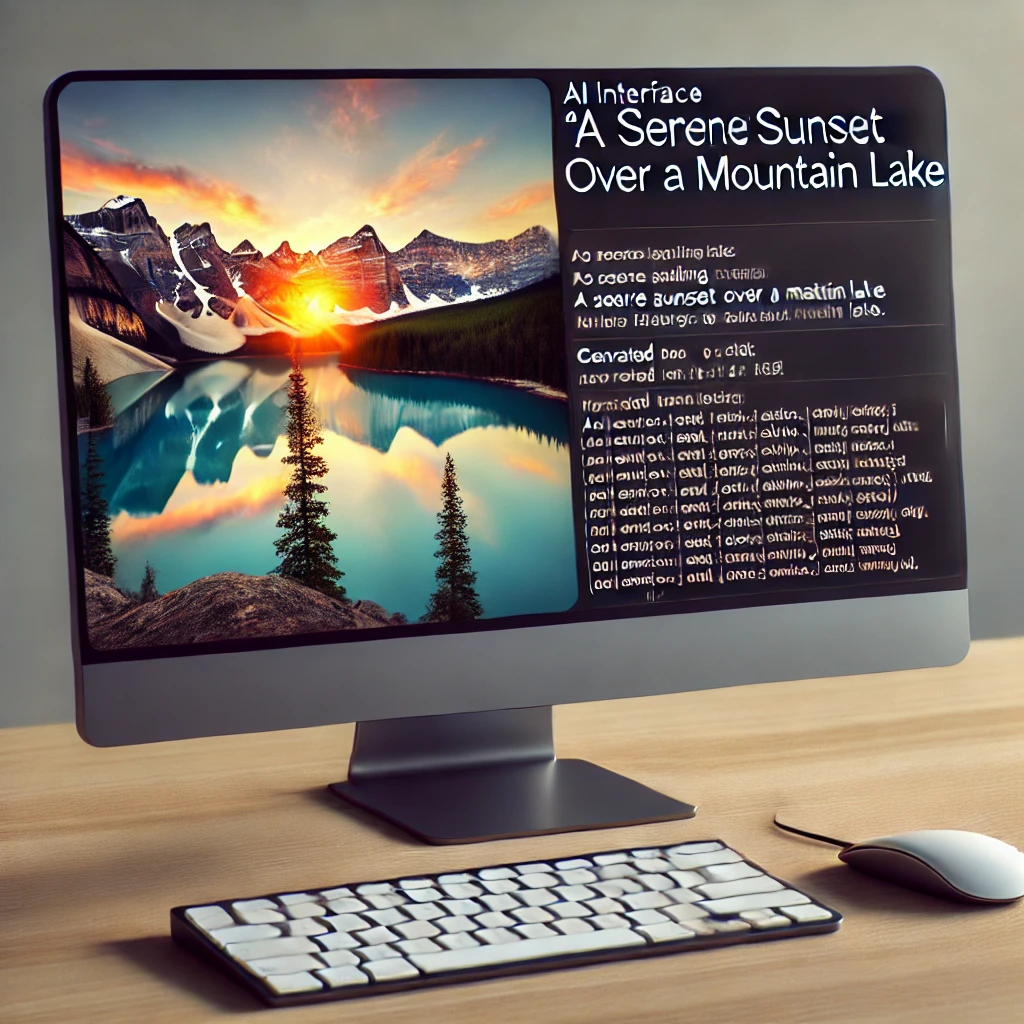Generative AI Music: Advanced Insights for 2025 and Beyond
In recent years, Generative AI has revolutionized the music industry by unlocking creative possibilities that were once unimaginable. Neural Networks, at the core of Generative AI, enable the creation of intricate compositions that mimic human artistry. As the boundaries of artificial intelligence expand in 2025, music producers and data scientists are exploring profound impacts and innovative uses of AI-generated music.
In this article, we delve into the advanced applications of Generative AI in music, examining key frameworks and trends. By understanding these elements, AI and data science professionals can harness these technologies for creative expression and technical advancement.
Table of Contents
Advanced Applications of Generative AI in Music
Generative AI is increasingly being used to compose music autonomously, allowing musicians to explore new creative dimensions. Neural Networks like RNNs and GANs are pivotal in this transformation. These algorithms can generate new pieces that mimic styles of established composers or invent entirely new musical forms.
AI-generated music finds applications in diverse areas such as video game soundtracks, film scoring, and interactive media. For instance, Jukedeck, a startup acquired by TikTok, uses AI to create royalty-free music for videos, enabling personalized sound experiences at scale.
Moreover, recording artists are leveraging AI tools to co-create tracks, blending machine creativity with human touch, resulting in unprecedented soundscapes. This marriage of human and machine creativity is exemplified by Taryn Southern’s AI-produced album “I AM AI.”
Key Frameworks Using Neural Networks
Several advanced frameworks underlie the capabilities of AI-generated music. Google’s Magenta, an open-source research project, builds on TensorFlow to explore machine learning in art and music. It offers tools like NSynth, which extends the palette of musical sounds musicians can use in creative ways.
Another notable framework is OpenAI’s MuseNet, a deep neural network capable of generating 4-minute musical compositions with 10 different instruments, integrating styles from classical symphonies to modern pop hits. These frameworks provide the backbone for AI applications that enable music generation, remixing, and harmony structuring.
MusicVAE, a variational autoencoder for music generation, allows users to interpolate between pieces of music or impute missing parts, adding an advanced level of creativity to the composition process.
Emerging Trends in AI-Generated Music
As we advance into 2025, Generative AI continues to shape the future of music in unique ways. Collaborative AI tools that enhance live music performances, offering real-time accompaniment and improvisation, are becoming more sophisticated.
Another trend is the personalization of music playlists using AI. Systems like Deezer and Spotify employ algorithms to tailor music selections to meet individual tastes, driving user engagement through personalized audio experiences.
In the realm of interactive media, AI-generated music is increasingly adopted in VR/AR environments, creating immersive soundscapes. This innovation facilitates deeper emotional connections between participants and digital platforms, reshaping the entertainment industry.
FAQs
What is Generative AI in music?
Generative AI in music refers to using algorithms, primarily neural networks, to autonomously create music compositions that imitate human composition styles or invent new ones.
How are neural networks used in music creation?
Neural networks analyze existing music data to learn patterns and structures, which they then use to generate new music that adheres to similar stylistic or structural rules.
Can AI-generated music replace human composers?
While AI can create music mimicking human composers, it lacks emotional and cultural insights intrinsic to human creativity, thus complementing rather than replacing human artists.
Conclusion
Generative AI is transforming the musical landscape by introducing innovative tools and frameworks that amplify human creativity. As the field evolves, AI-generated music promises to unlock new dimensions in artistic expression and augmented experiences.
For AI and data science professionals, the horizon of possibilities is expanding. By staying abreast of these advancements and integrating AI tools into creative workflows, they can shape the next era of music innovation. To stay informed on emerging AI trends in art and culture, subscribe to our newsletter or read more about AI in the arts.



